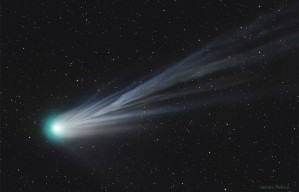A new study suggests that the Earth's mantle 4 billion years ago was hotter than today. The temperatures were so high that the crust simply melts back into the mantle. This discovery offers a new perception of how the Earth's crust evolved since the Archaean eon.
Tim Johnson, co-author of the study led by Professor Richard White of the Institute of Geosciences at Johannes Gutenberg University Mainz (JGU), was analyzing the evolution pattern of the Earth's crust since the Archean eon. He believes that the dense primary crust went to the mantle in drip form in a vertical pattern. This is the opposite of how the tectonic plates move today in which the pattern is mostly lateral which allows it to hit the oceanic crust. When tectonic plates meet with the oceanic crust, subduction zones are formed.
Johnson's team developed an ancient Earth crust and mantle model through computer simulations to show the conditions of the planet during the Archean era.
The simulation showed that Earth's magnesium-rich crust temperature was between 1,500 to 1,550 degrees Celsius, or as hot as a flowing lava, which caused the crust to sink in the mantle. The high temperature melts the mantle which then creates a new crust. The process continues which resulted to the magnesium mixing with the basalts thus leads to the formation of the tonalite-trondhjemite-granodiorite complexes.
"The findings add to our understanding of how cratons and plate tectonics, and thus also Earth's current continents, came into being," Johnson said in a press release.
Because Earth's crust was presumed to be hotter back then, researchers believe that Earth's ancient crust might have been composed mainly of magnesium. The modern crust is mostly composed of different types of rocks. The magnesium that once occupied the crust is believed to have been absorbed by the Earth's mantle over time leaving a small amount behind. Evidence of ancient crust can still be found in some areas such as Northwest Scotland and Greenland.
The study was published in the online journal Nature Geoscience.








